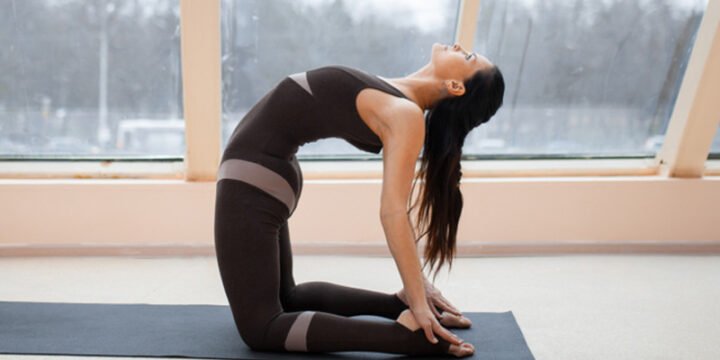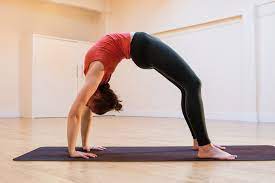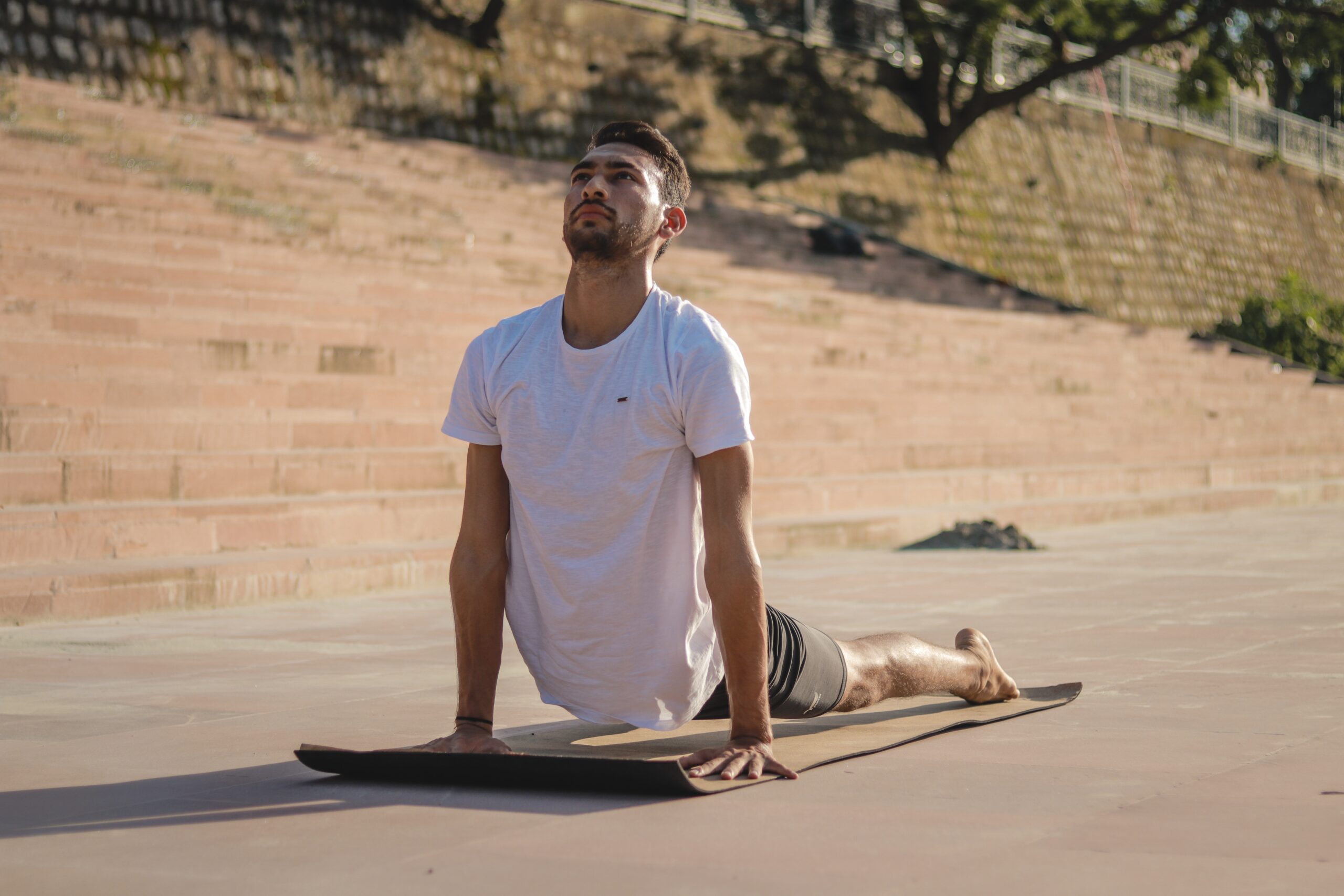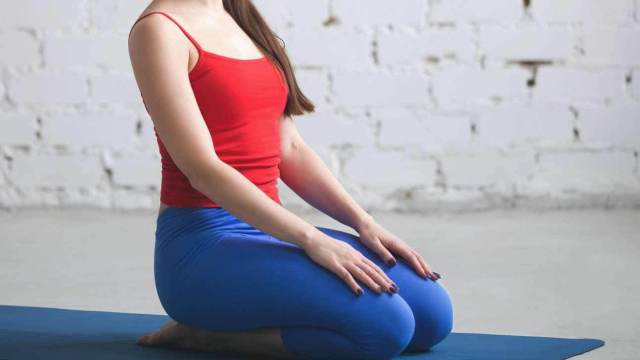
Halasana or Plough Pose : How to Do It, Benefits, Step by Step Instructions & Precautions
What is Halasana or Plough Pose? The word hal means plough, an irrigation equipment used for ploughing the fields or gardens before sowing, the position of the body is such in this position that resembles plough, it is one of the inverted postures in shoulder stand sequence in Ashtanga vinyasa tradition. Halasana or Plough Pose Step by step instructions Lie down on your back in supine position, while you keep you legs straight and together and palms by the thighs facing down. Press on to palms engage your abdominal muscles and raise your legs together. Lift your leg so high that whole body come in straight line position from shoulders to the feet, chest will touch the chin and head And shoulders are still on the mat pressing on the…
